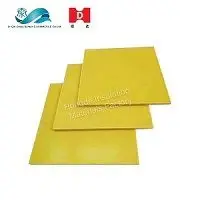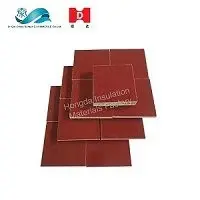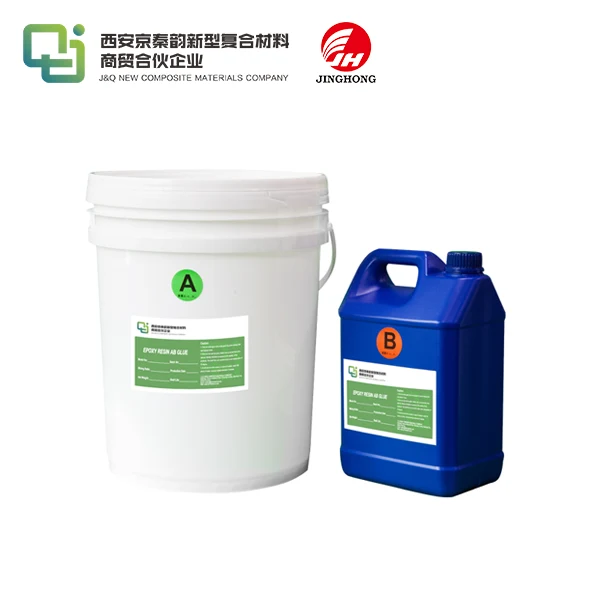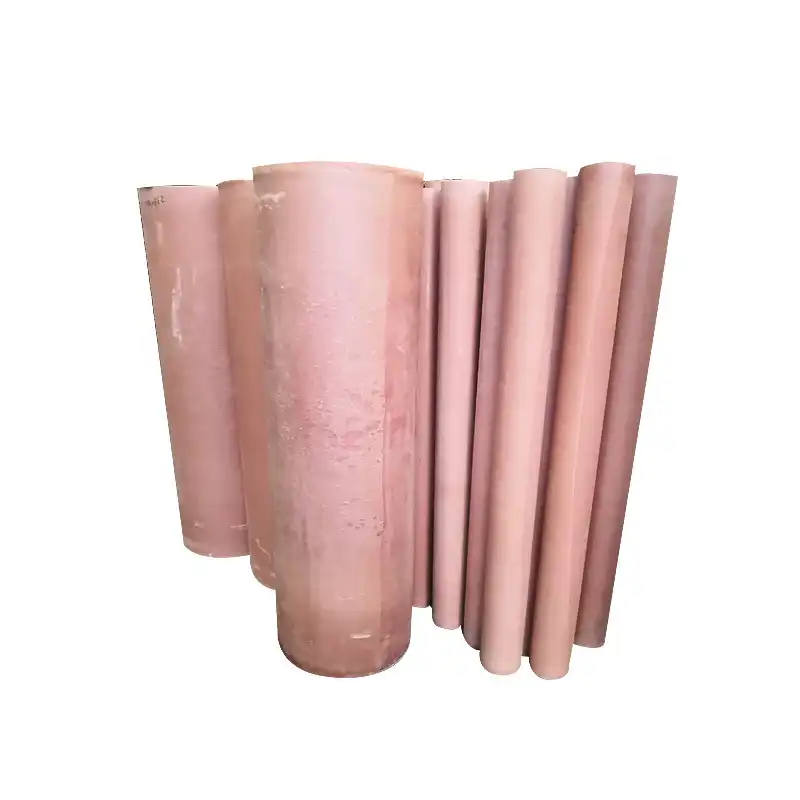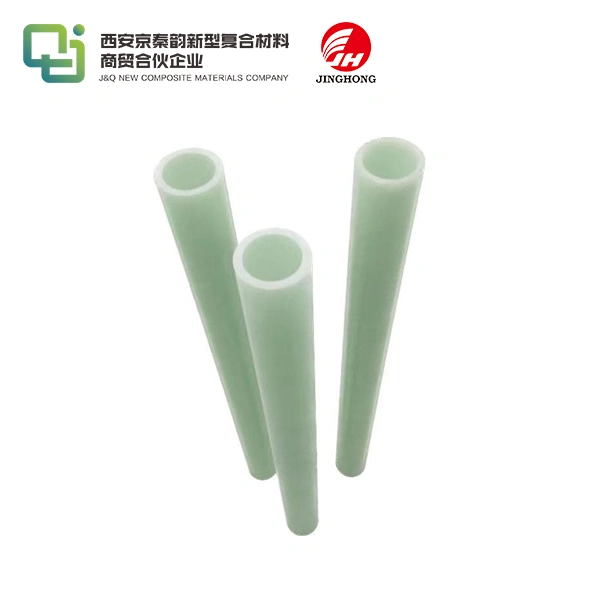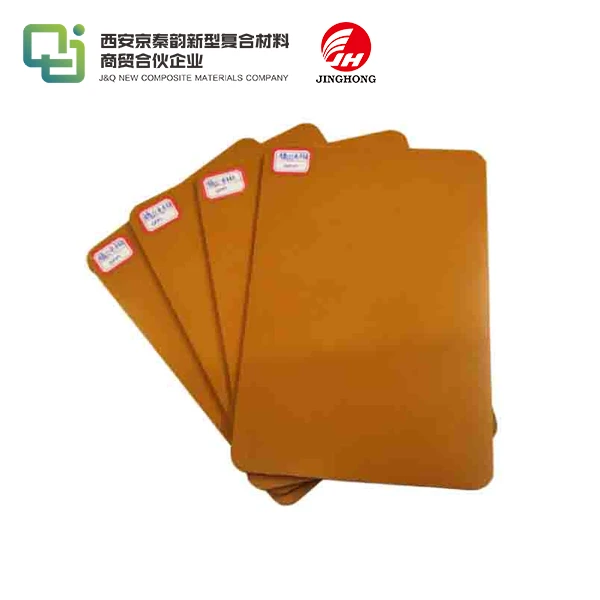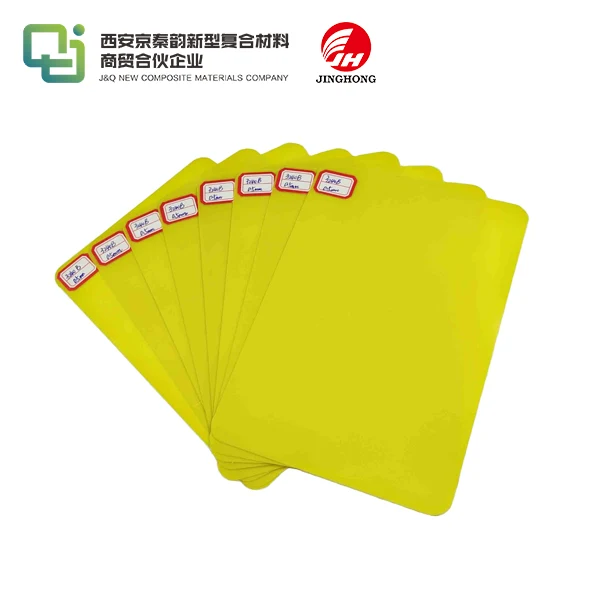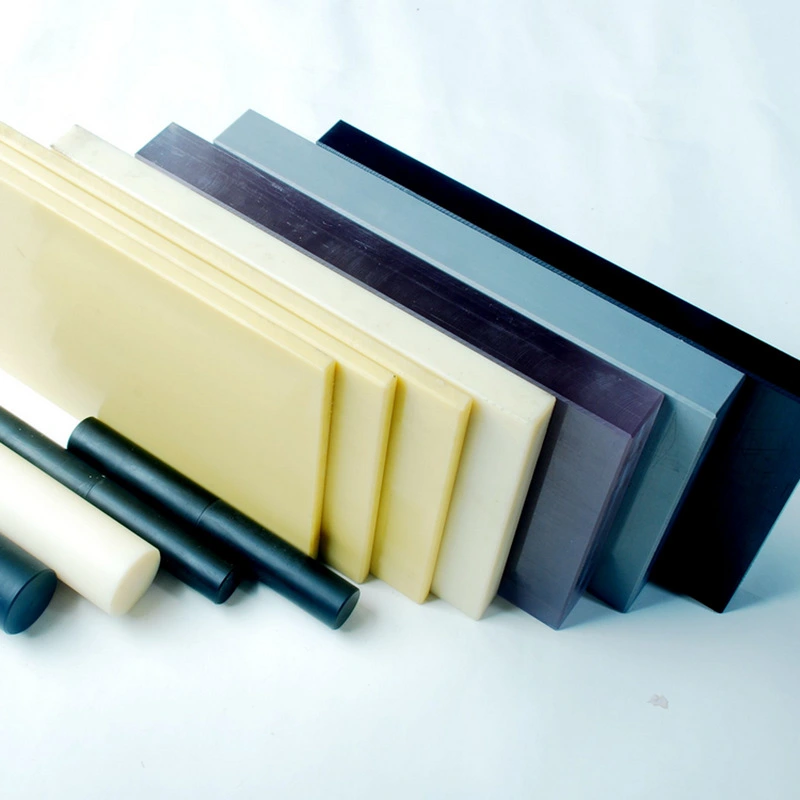Something You Should Know About Insulating Materials
2021-06-12
1. Definition of insulating material
A material composed of substances with a volume resistivity of 109~1022Ω·cm is called an insulating material in electrical technology, and is also called a dielectric.
Insulating material has a very large resistance to DC current. Because of its high resistance, under the action of DC voltage, in addition to a
very small surface leakage current, it is practically non-conductive; while for AC current there is capacitive current Pass, generally considered non-conductive. The greater the resistivity of the insulating material, the better the insulation performance.
2. Classification of insulating materials
Gas insulating material
Under normal circumstances, dry gases under normal temperature and pressure generally have good insulation properties, such as air, nitrogen, and sulfur hexafluoride gas. At present, gas transformers insulated with sulfur hexafluoride are widely used.
Liquid insulation material
Liquid insulating materials usually exist in the form of oil, also known as insulating oil, such as transformer oil, switch oil, capacitor oil, etc. In addition, liquid insulating materials include insulating glue and so on.
Solid insulating material
Common solid insulating materials are mainly insulating paper, insulating paperboard, wood, electrical laminated wood, phenolic paper board, phenolic cotton board, FR4 sheet, 3240 Epoxy Resin Sheet etc.
|
|
|
3. Basic properties of insulating materials
Electrical performance
The electrical performance of the insulating material is the most critical performance of the transformer, and it is an important factor in determining the choice of insulating material. Electrical performance mainly includes the following aspects:
1. Insulation resistance
The quotient of the DC voltage applied between the two electrodes of the insulator divided by the current passing through the two electrodes is the insulation resistance.
Insulation resistance is divided into surface insulation resistance and volume insulation resistance. Surface insulation resistance refers to the size of the ability to prevent current from passing along the surface of the dielectric; volume insulation resistance refers to the size of preventing current from passing along the inside of the dielectric.
2. Electric strength
When the electric field strength exceeds the allowable value (critical value) that the medium can withstand, the medium loses its insulation performance. This phenomenon is called the electric breakdown of the medium. The voltage at which dielectric breakdown occurs is called the breakdown voltage, and the corresponding electric field strength is called the electric strength of the medium.
The electrical strength of the insulating material depends on the pre-processing of the material itself, temperature, humidity and other related factors. The electrical performance of the insulating material used in the transformer is also closely related to the structure and use conditions of the transformer itself.
After a solid insulation material undergoes electrical breakdown, it cannot be recovered by itself and can only be replaced; while liquid and gas insulating materials undergo electrical breakdown, they can recover their original insulation performance after a period of time, which is an elastic breakdown.
3. Dielectric loss
In an alternating electric field, the insulating material absorbs electric energy and dissipates the power in the form of heat called dielectric loss. Dielectric loss is reflected by the tangent of the dielectric loss angle (tanδ), that is, the larger the tanδ, the greater the dielectric loss, the higher the medium temperature, and the faster the material will age.
4. Dielectric constant
Permittivity is a physical quantity that characterizes the polarization of a dielectric under an alternating electric field. For an isotropic linear insulating medium, its dielectric constant is: ε = ε0 * εr
ε is the dielectric constant of the dielectric; ε0 is the vacuum dielectric constant; εr is the relative dielectric constant of the dielectric.
Heat resistance
After the transformer is put into use, the insulating medium in it is in a relatively high temperature environment. At the same time, under the action of the electric field, the insulating material itself also generates heat. If the insulating material cannot be balanced between heat and heat dissipation, the temperature will continue to rise, and the insulating material will quickly lose its insulating properties and cause breakdown. This type of insulation damage is called thermal breakdown.
The indicators reflecting the heat resistance of insulating materials include heat resistance, stability, maximum allowable working temperature and heat resistance grade, etc. The basic definitions are as follows:
1. Heat resistance
Indicates the ability of an insulating material to not change its dielectric properties, mechanical properties, physical and chemical properties, etc. under high temperature.
2. Thermal stability
It refers to the ability of an insulating material to maintain its normal state without changing its dielectric properties, mechanical properties, physical and chemical properties and other properties under the condition of repeated temperature changes.
3. Maximum allowable working temperature
It refers to the temperature at which the insulating material can maintain the necessary dielectric properties, mechanical properties, and physical and chemical properties for a long time (15-20 years) without significant deterioration.
4. Heat resistance grade
Indicates the maximum allowable operating temperature of the insulating material. The heat resistance grades of insulating materials are mainly 90°C, 105°C, 120°C, 130°C, 155°C, 180°C, 200°C, 220°C, etc.
Mechanical properties
In addition to insulation, the insulating parts used on the transformer must withstand various forces such as pressure and tension during operation. This requires the insulating material to have good mechanical properties at the allowable operating temperature.
The indicators reflecting the mechanical properties of insulating materials include strength and hardness, etc., and their definitions are as follows:
1. Hardness
Indicates the ability of the material surface to not deform after being compressed.
2. Strength
Indicates the ability of the material to not deform after being subjected to stress (tension, compression, bending, impact, and vibration).


